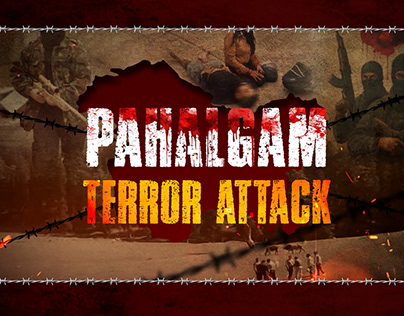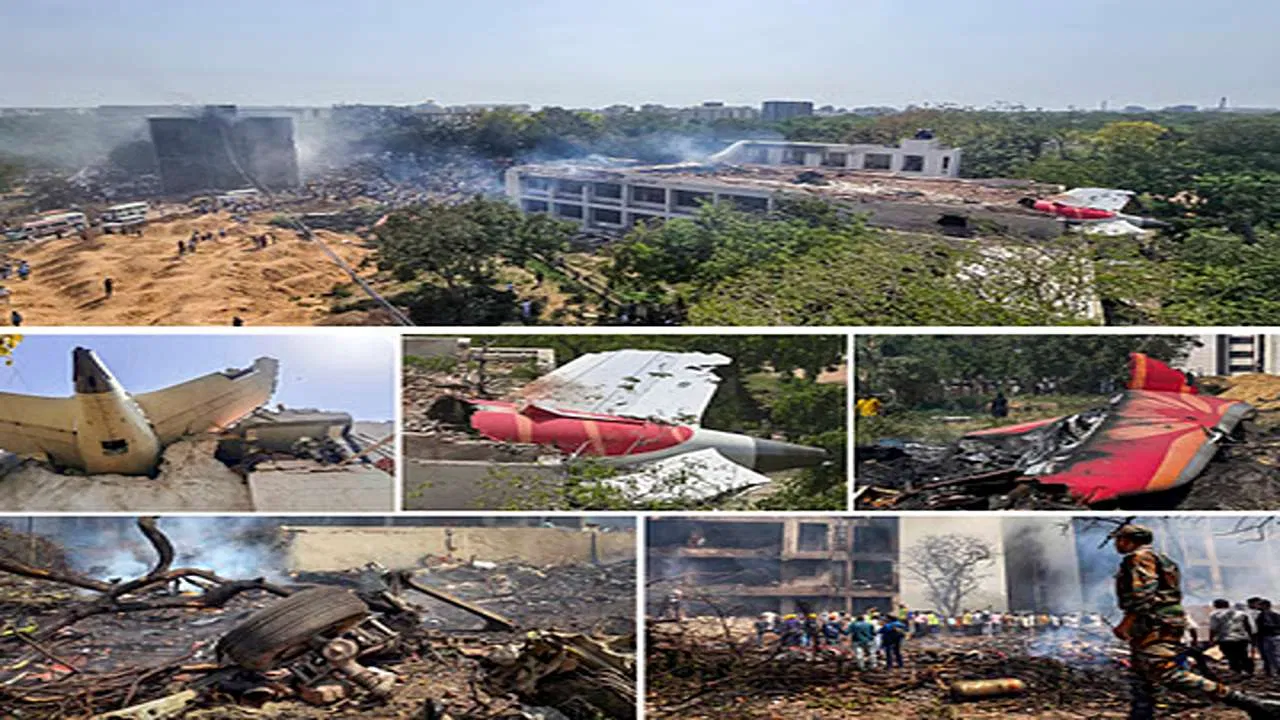The Pahalgam Attack: Analyzing the Impact on Local Security and Tourism
April 22, 2025—a day that will always be remembered as one of the most heartbreaking chapters in Kashmir’s recent history. On this day, the peaceful and scenic town of Pahalgam, known for its natural beauty and calm surroundings, was shaken by a brutal terrorist attack that took the lives of 26 innocent people and left many others injured.
Pahalgam: A Slice of Heaven
Located in the Anantnag district of Jammu and Kashmir, Pahalgam is a popular tourist destination. Its green meadows, tall pine trees, and the flowing Lidder River attract travelers from across India and around the world.
But behind the beauty lies a history of conflict. For decades, the people of Kashmir have lived with the shadow of unrest and fear due to ongoing violence in the region.
The Day of the Attack
On the afternoon of April 22, 2025, tourists were enjoying the stunning views of Baisaran Valley near Pahalgam. Everything seemed peaceful—until a group of terrorists, dressed as security personnel, suddenly opened fire on the crowd.
The attackers used automatic weapons, firing randomly at both tourists and locals. Panic took over. People screamed, ran for cover, and tried to help the wounded. The valley, once full of laughter and peace, turned into a scene of chaos and fear.
Casualties and Shock
The attack resulted in the deaths of 26 people, including men, women, and children. Around 17 to 20 others were injured, many of them seriously. Local hospitals struggled to provide immediate care due to the large number of casualties.
The entire nation was shaken. Families lost loved ones in a matter of minutes. The tourism industry in Kashmir, already fragile due to past unrest, suffered another serious blow.
Who Was Behind the Attack?
A terrorist group called The Resistance Front (TRF) claimed responsibility for the attack. This group is believed to be a front for the Pakistan-based group Lashkar-e-Taiba (LeT), known for carrying out deadly attacks in India.
TRF has a history of targeting civilians and trying to create fear and instability in Jammu and Kashmir.
Government's Response: Operation Sindoor
The Indian government acted quickly and launched a major counter-terror operation named Operation Sindoor. This was a carefully planned military mission to eliminate terrorist threats in the region.
Using modern weapons, including Akash missiles and suicide drones, Indian forces targeted terrorist camps both inside Jammu and Kashmir and across the border. Official reports confirmed that over 100 terrorists were killed, including several involved in the Pahalgam attack.
Operation Sindoor sent a clear and strong message: India will not tolerate terrorism and will act to protect its people.
The Human Side of the Tragedy
Behind every number in the news is a human story—a life lost, a family destroyed, a future stolen.
The Pahalgam attack brought sorrow not just to the victims’ families but to every heart that longs for peace in Kashmir. Yet, amid the horror, there were also acts of bravery—locals helping the wounded, security forces risking their lives, and communities coming together in grief and support.
Impact on Tourism and the Local Economy
Tourism is a lifeline for Kashmir’s economy. The attack scared travelers, and tourist numbers dropped sharply in the following weeks. Hotels, shops, taxi services, and guides—many lost their main source of income.
To bring back confidence, the government and tourism boards launched campaigns assuring visitors that Kashmir remains safe and welcoming. Increased security was put in place to protect both locals and tourists.
Lessons and the Way Forward
The Pahalgam attack is a reminder that the fight against terrorism is not over. It highlighted the importance of constant vigilance, strong intelligence sharing, and unity among security forces.
But lasting peace won’t come from weapons alone. The real victory lies in winning hearts—through education, development, and inclusive governance. People of Kashmir, like everywhere else, deserve peace, opportunity, and a life without fear.
Operation Sindoor showed India’s strength. Now, the challenge is to build a future where such operations are no longer needed—where peace and progress take the front seat.
Conclusion
The Pahalgam attack on April 22, 2025, was a painful day for Kashmir and for all of India. It showed how fragile peace can be, and how strong the spirit of the people remains.
As the valley slowly heals, hope still shines. The people of Kashmir continue to stand tall with resilience, and the nation stands with them. The dream of a peaceful, prosperous Kashmir lives on—and grows stronger with each new day.
While military action is necessary to stop those who spread terror, true peace can only come through education, development, and unity. The people of Kashmir want what every citizen wants—safety, opportunity, and hope.
Youth engagement, better governance, and strong community ties are key to defeating the roots of terrorism. Dialogues, not just weapons, must be part of the long-term solution..
Government’s Response: Operation Sindoor
In response to the heinous attack, the Indian government launched a swift and massive counter-terror operation named Operation Sindoor.
Under this mission, Indian armed forces and intelligence agencies worked together to identify and neutralize those behind the attack. Advanced weapons like Akash missiles and suicide drones were used to target terrorist hideouts both within Jammu and Kashmir and across the border.
Within weeks, over 100 terrorists were reportedly eliminated, and several sleeper cells were busted. Some of the attackers directly involved in the Pahalgam massacre were confirmed to be among those killed.
Operation Sindoor not only aimed to deliver justice but also sent a clear and strong message: India will never bow to terrorism.































 movies.jpg)




























0 Comments